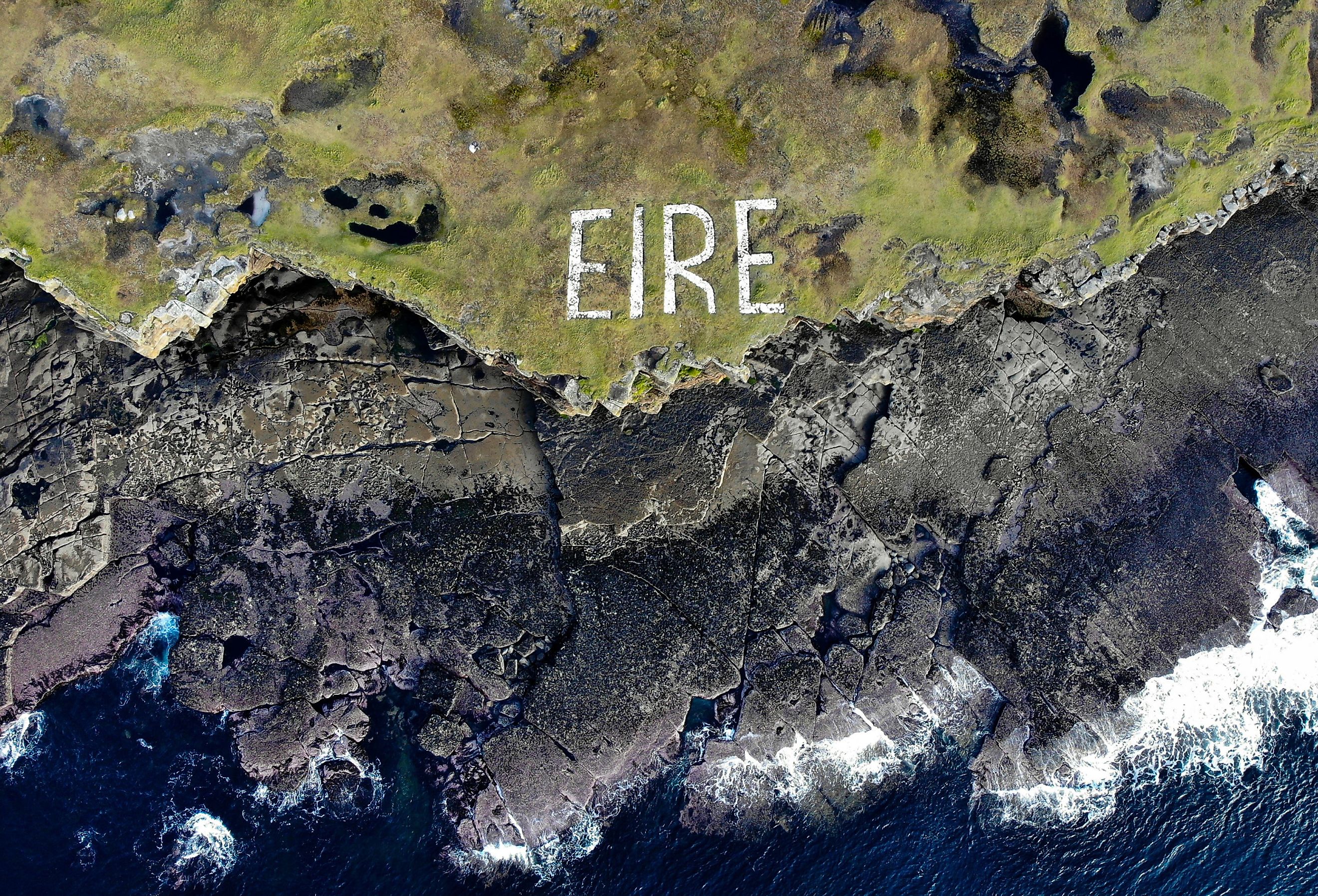
The Countries That Remained Neutral In WWII
When talking about World War II, most people are familiar with the major nations in the war, such as Germany, Britain, and France. Countries that did not have a direct role on the battlefront were neutral. However, defining countries as neutral in World War II oversimplifies their role in the war. Neutrality was different for each country. Some countries expressed favoritism, sending volunteer troops to one side and trading with the axis or allies. Although neutral countries are lesser known for their contributions to the war, this does not make their role any less significant.
The Axis Powers
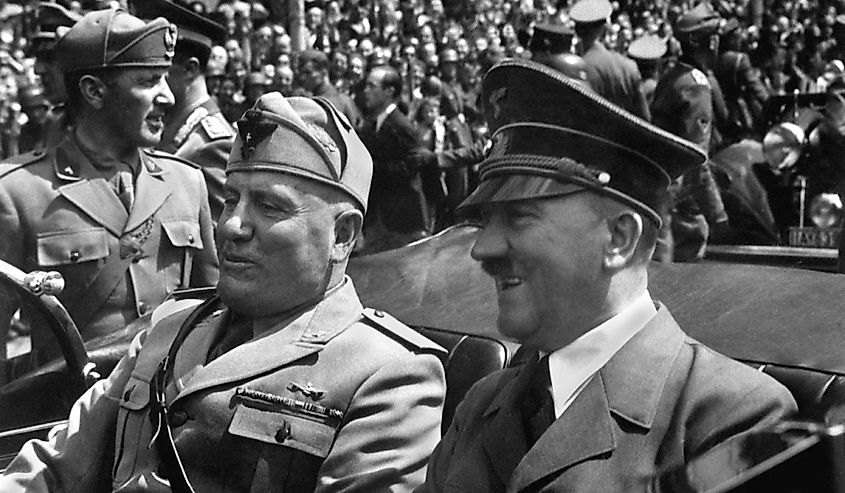
During World War II the axis powers was a group of nations led by dictators, which included Japan, Germany, and Italy. The axis powers began with a treaty between Italy and Germany in 1936. Later that year, Japan and Germany signed an anti-communist treaty. The three countries signed other treaties as well to strengthen their bonds. Italy’s dictator, Benito Mussolini, named the nations fighting the allies the axis powers.
Other countries, such as Bulgaria, Finland, Hungary, and Romania, became a part of the axis alliance. However, Bulgaria and Romania changed sides and allied themselves with the allies at the end of the war.
The Allies
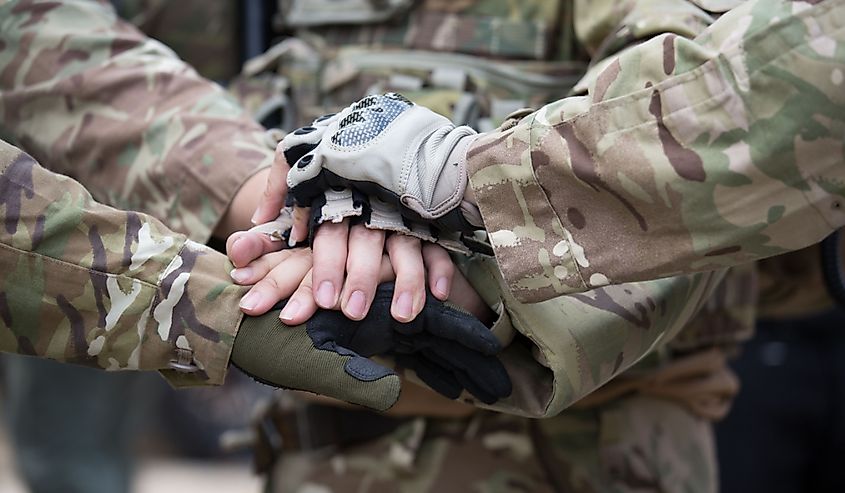
Many of the same allies from World War I, remained allies in World War II. Over the course of the war, 20 countries joined the allies. Russia was originally allied with the axis powers. However, after Germany attacked Russia in 1941, the country switched to allying itself with the allies, a pivotal point in the war. China also joined the allies in 1941, along with the US after the bombing of Pearl Harbor. The involvement of the UK, Russia, the US, and China was known as The Four powers. These countries have retained their military strength today.
The Partial Neutrality of the United States
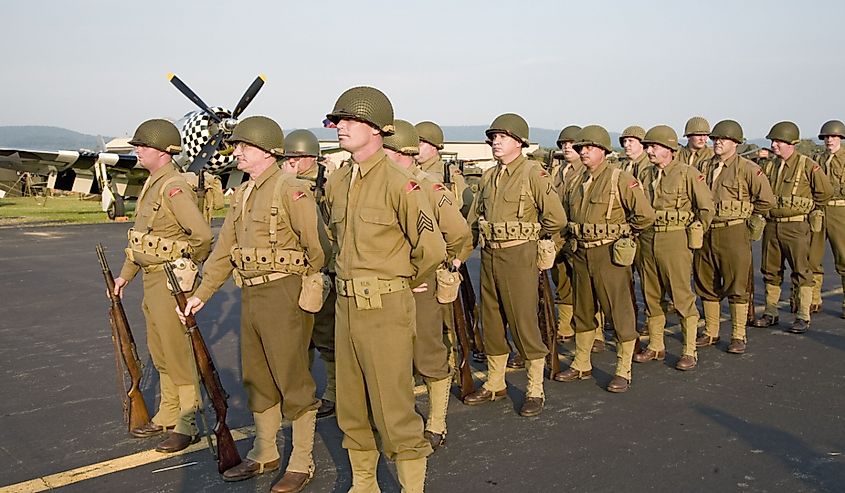
The United States was not immediately involved in World War II. More than 100,000 US troops died during World War I. Many US citizens were skeptical of the necessity of the casualties during World War I and believed the war was filling the pocket of the US arms industry. This discouraged the United States from immediately entering another foreign battle.
In 1938, Hitler ignored the Munich agreement and invaded Czechoslovakia. This prompted America’s closest allies, France, and Britain to join the war. While the US troops were not immediately involved in the overseas battle, their government was still involved in the war.
The Neutrality Act, signed by President Franklin D. Roosevelt in 1935, explicitly banned sending foreign aid, such as money, munitions, and equipment to any foreign nation at war. However, President Roosevelt understood that the best way to beat Hitler without sending US troops to a foreign land, was to help France and Britain beat Germany.
This led to the passing of the Lend Leese act in 1941. The act allowed for military exports to countries deemed "vital to the defense of the United States." In World War II, this meant America could export supplies to Britain. However, prior to this act, President Roosevelt was able to find ways around the neutrality act to contribute supplies overseas. On December 7th, 1941, Japan attacked Pearl Harbor. This prompted the US to move directly into the battlefront of World War II.
Neutral Countries
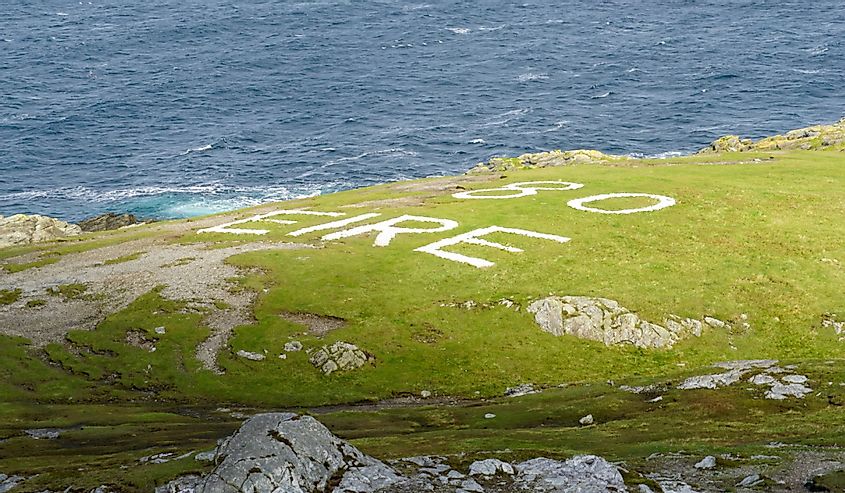
There were 14 countries that remained officially neutral throughout WWII. This included: Sweden, Switzerland, Spain, Portugal, Ireland, Turkey, Yemen, Saudi Arabia, and Afghanistan as well as the microstates of Andorra, Monaco, Liechtenstein, San Marino, and Vatican City.
However, not every country’s attempt to remain neutral left them with an insignificant role in the war. Even neutral countries sent troops to help with war efforts, traded with countries on either side, and allowed certain sides of the war to access their territory.
Some countries remained neutral but maintained trade. Turkey although neutral sold chromite to both the axis and its allies. Switzerland was one of the few countries that maintained neutrality and treated both sides of the war the same. They captured soldiers on either side who landed on Swiss airfields. They also shot down aircraft that violated their airspace, regardless of the side.
Non-Belligerent Countries
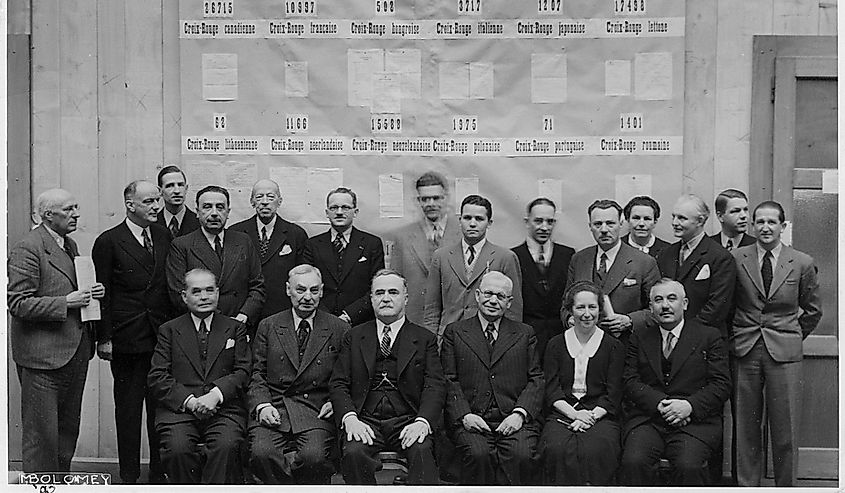
A few countries that originally claimed neutrality, switched their status to non-belligerent. This meant while they were not involved in fighting directly on the battlefront, they did favor one side and sent aid. Sweden sold iron to axis countries and allowed the axis countries to cross through Swedish territory. Later, they took in refugees and leased naval vessels to Britain.
Similarly, Spain switched from neutral to non-belligerent to help the axis countries. They assisted them by sending volunteer troops. Spain was also one of the countries that gave the Germans tungsten, a rare metal. Portugal also sold the Germans tungsten. The German's use of tungsten was vital in their efforts against the allies.
The Germans were the first to use tungsten carbon core projectiles in the war. British tanks would almost instantly melt when hit by these projectiles because they were so powerful. When it became apparent the Germans and axis powers would lose to the allies, Spain reverted to their neutral position.
Conclusion
Considering the impact of trade, very few countries were truly neutral during World War II. A report from 1998 in the US exposed the contributions of supposedly neutral countries to the German war effort. The Nazis buying materials such as chromite from Turkey, and tungsten from Portugal and Spain, played a particularly important role in the war.
Without this trade, the Germans might not have been able to acquire tungsten, which would have changed the nature of the war. Gaining these materials allowed the Germans to develop their technology and have a military advantage. Looking back on the role of neutral countries in World War II is an opportunity to reflect on the role of neutral countries in the future of war.











